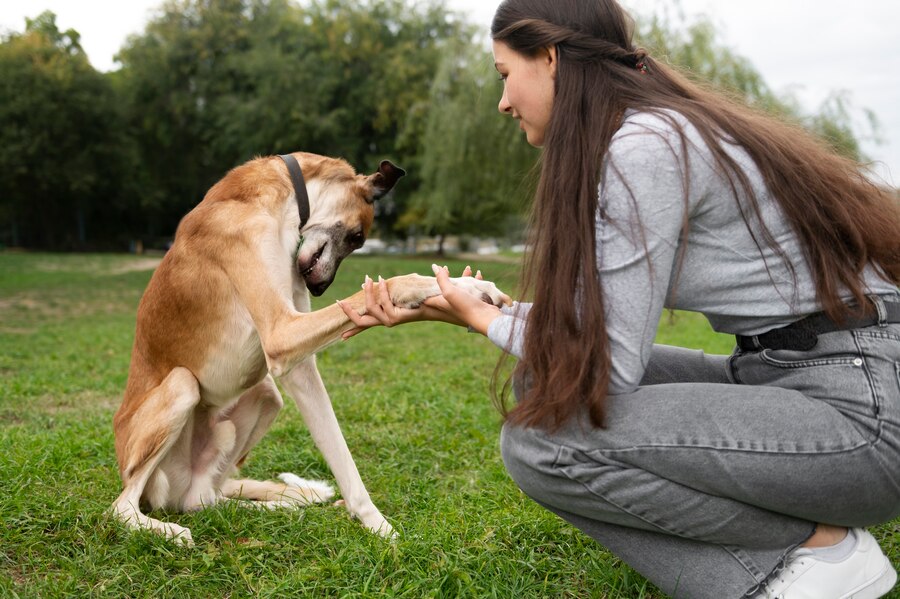If you are a new dog owner, you probably saw the listing for golden retriever puppies for sale or a different dog and decided to add a puppy to your family. Now, it’s wise to learn about dogs, including how to care for them and decipher their body and verbal language — or barks. How a dog barks can tell you a lot about what it’s feeling and whether it’s safe to approach.
Play Bark

A dog’s play bark is essentially an invitation to have fun. The dog uses this bark to express its interest in playing, whether with another dog, person, or even another species. It’s usually a short, high-pitched yip and often coupled with a play bow stance, where the dog bows with their front end.
A dog play barking is usually friendly, happy, and safe to approach, though it could nip playfully if it gets too excited.
Attention-Getting Bark
An attention-getting bark is a dog saying, “pay attention to me!” The bark will likely be a loud, sharp, singular bark. If aimed at a human, it might want food, attention, to be let outside, or to play.
A dog’s body language looking for attention will generally be active and alert but not aggressive. Its ears will be up and eyes focused on you. It might jump, nudge, or put its paws on you if it doesn’t get the attention it seeks.
Aggressive Bark

An aggressive bark may also be called an alert, warning, or territorial bark. A dog will bark aggressively if it feels it’s in danger or detects a threat on its territory. The bark will be loud, deep, and repeated.
The dog’s body language will be very alert and stiff, and the hair on the back of its neck will likely be raised. If approached, it could feel threatened and bite. Learn to recognize this type of behavior, and also teach your kids to avoid such dogs.
Lonely Bark
You may not hear this bark often because your dog will most often do it when you are gone. However, if you must put your dog in its kennel for some reason and you’re still in the house, it may bark out of loneliness.
A lonely bark may vary depending on the breed of your dog. It could be a high-pitched yip, but some breeds may howl or cry. Lonely barking can be a sign of separation anxiety.
Greeting bark
A greeting bark is your dog telling you it’s happy you’re home. Your dog may greet more people than just you, depending on how friendly it is. It may greet family and friends who visit often or the pet or house sitter who watches your dog when you’re gone. Very friendly dogs may greet anyone they meet.
This bark is loud and excited, and it is often accompanied by very active body language, like jumping, wagging its tail, and running around.
Understanding Your Dog’s Language
Knowing what your dog is communicating when it barks helps you understand what it wants and allows you to keep both of you safe and happy.
Additional:




























